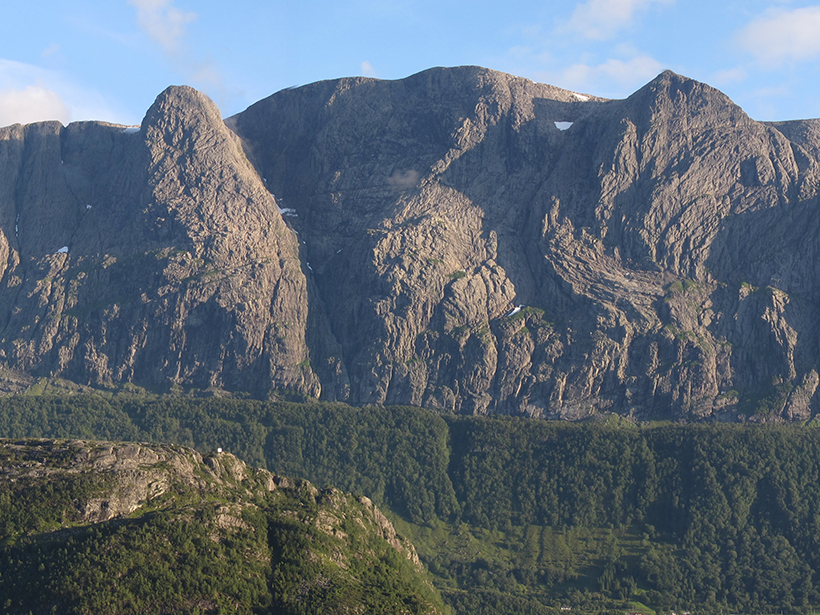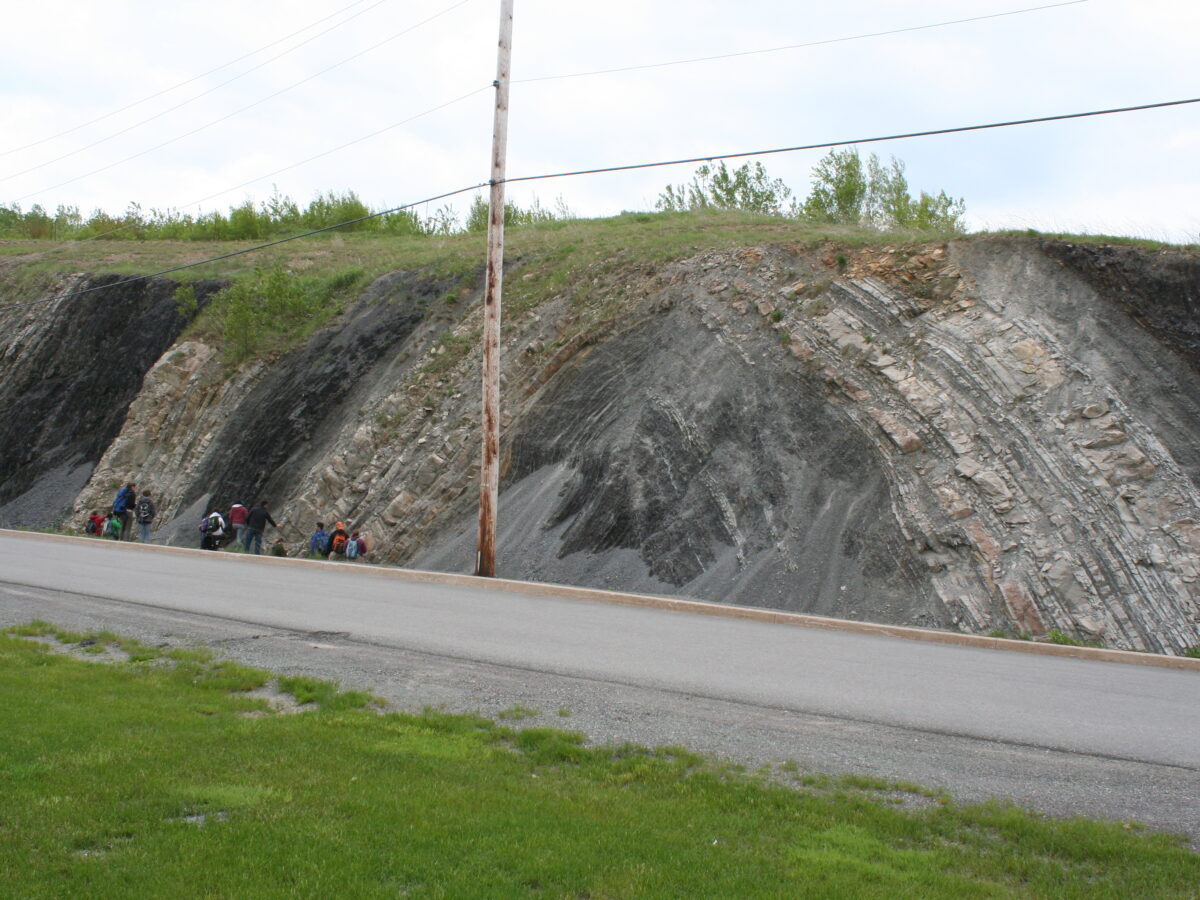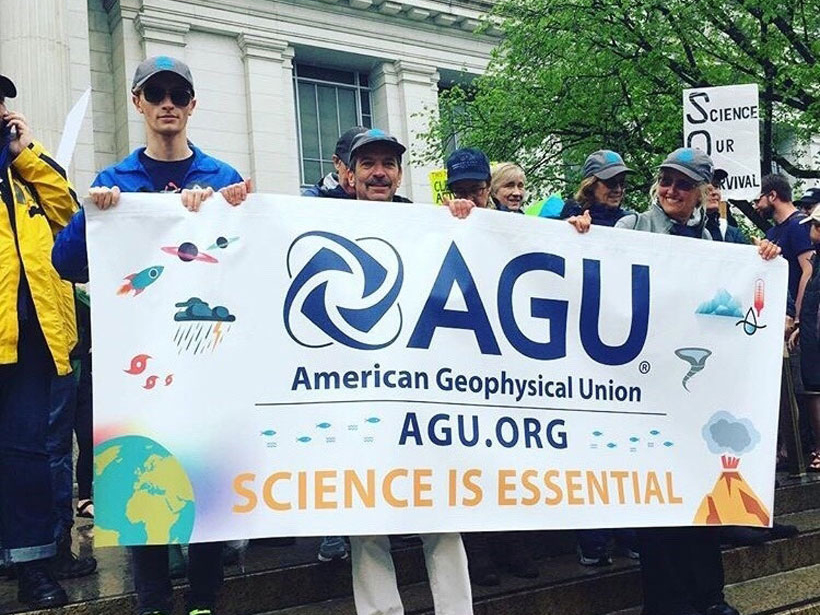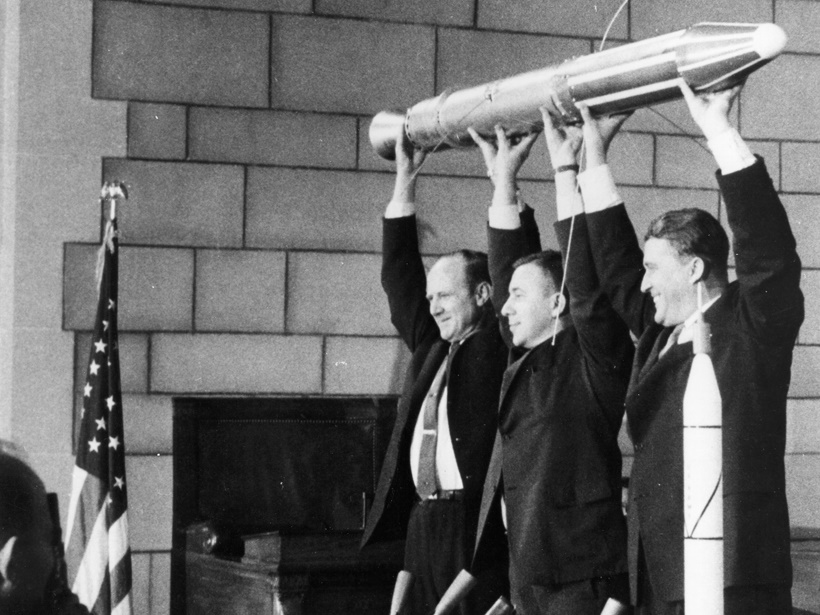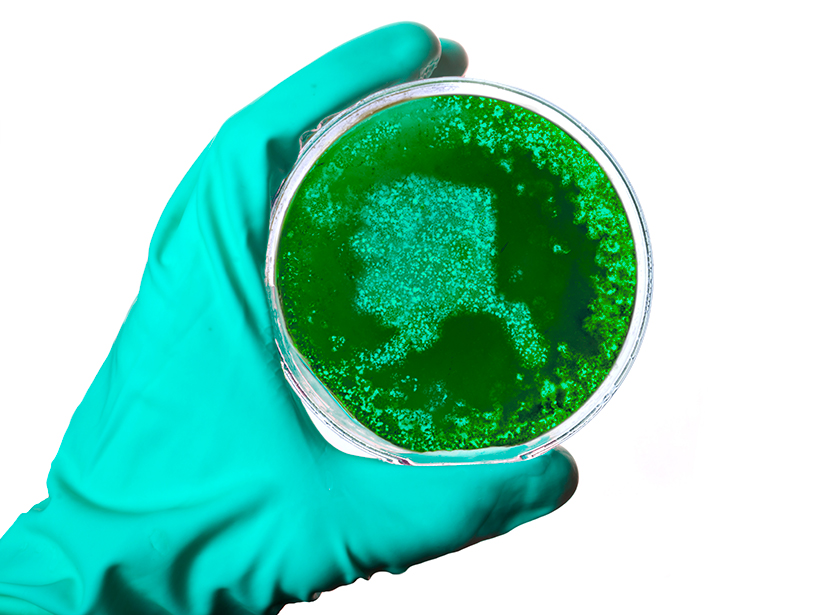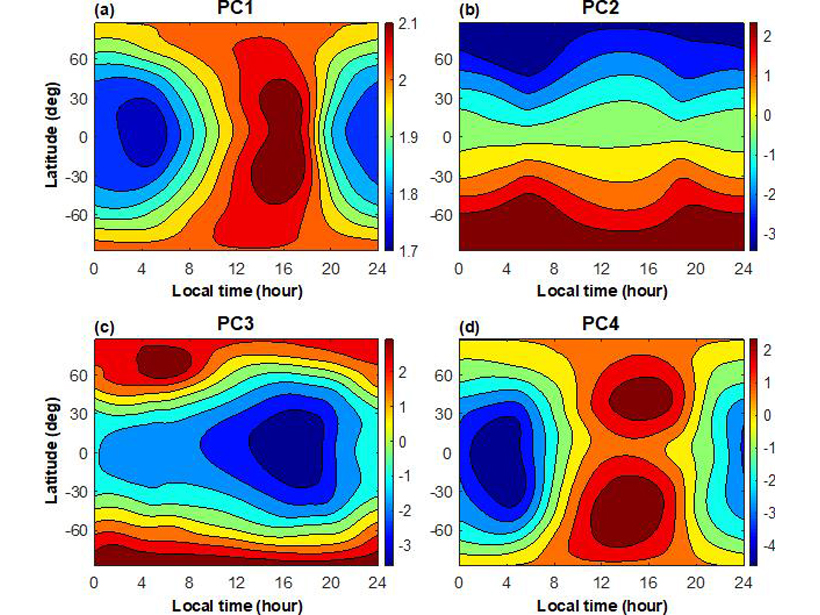A new seismic reflection study of the mid-Norwegian margin examines the role that low-angle, high-displacement faults play in the evolution of continental rifts.
CC BY-NC-ND 2018
New Model Simulates Faults and Folds Shaping Each Other
A new model simulates how faulting and folding deep in Earth’s crust shape the way rocks fold and cause earthquakes.
Next-Generation Climate Models Could Learn, Improve on the Fly
Scientists propose development of new models that use machine learning techniques to reduce uncertainties in climate predictions.
Rocks with Soft-Tissue Fossils Share a Mineral Fingerprint
Discovering new resting places of these rare and information-rich fossils will be critical to understanding the largest expansion of life in Earth’s history, according to researchers.
AGU Endorses the 2018 March for Science
The American Geophysical Union is offering financial and in-kind support to help our members take part in marches locally. Apply by 26 March.
Earth’s Radiation Belts: Celebrating Six Decades of Discovery
A recent celebration of the 60th anniversary of the launch of Explorer 1 reflected on the incredible progress and scientific insights from this and subsequent space missions.
Alaska Spotlights Its Health Risks from Climate Change
In the only Arctic state in the United States, Alaskans have already been affected by health repercussions of warming. More and worse lie ahead, a new state health report says.
Sea Ice Loss Suppresses Some Effects of Climate Change
Polar amplification could counteract weather patterns shifting toward the poles.
Improving Temperature Forecasts in the Upper Atmosphere
Scientists are blending output from multi-year model runs to improve temperature forecasts in regions where satellites experience “drag,” in the hopes of avoiding future spacecraft collisions.
Lunar and Planetary Science Inspires Out-of-This-World Poetry
Writing a haiku to accompany your abstract is a long-standing tradition of the annual Lunar and Planetary Science Conference. Here are some of our favorites from this year’s program.

